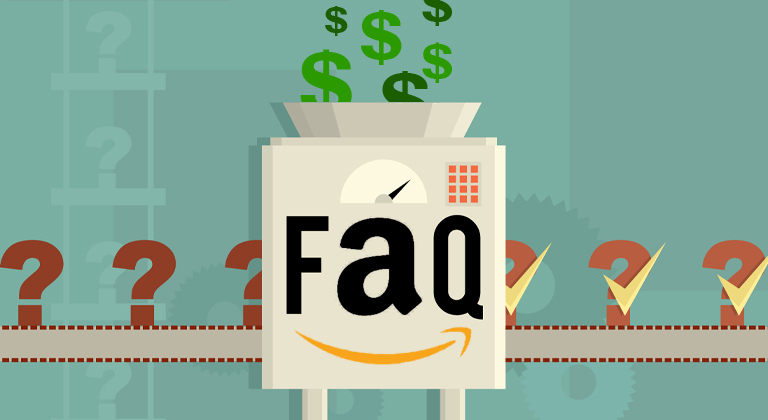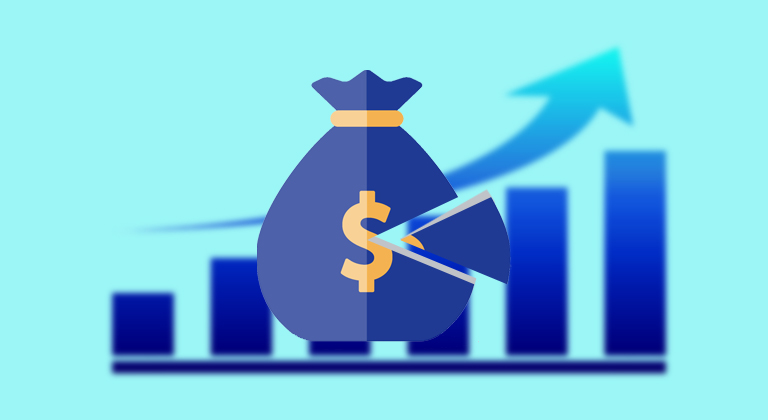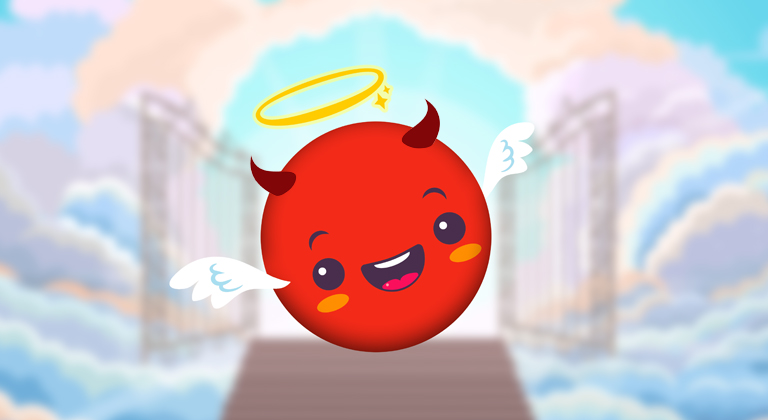Is self-publishing success easier or more difficult on Amazon these days?
I’ll admit that I’m guilty of occasionally reminiscing about the “good old days” of writing, back when you could spend more time in your author hat than all of the other hats you have to wear to achieve self-publishing success these days. But I also recognize that we can’t live in the past, and we have to deal with the here and now – which is why so many of our blogs are focused on the skills and tools you need to succeed as an author TODAY. Much has changed over the years, but different doesn’t necessarily mean better or worse. That’s why we thought it would be interesting to look at the question about whether or not all of the changes Amazon has made to self-publishing have made things easier or harder for authors.
Writers are nostalgic. It’s in our DNA. While regular people remember birthdays and anniversaries, we writers remember the smell of the perfume somebody was wearing, or what song was playing the first time we met.
While this makes for fantastic writing, it does tend to make a lot of us have overly fond memories of things “the way they were” rather than as they are now – and when it comes to the state of our self-publishing careers, I know I’m not alone in reminiscing about how easy it used to be.
But is that true? After all the monumental shifts in the way Amazon promotes and pays self-published authors, and the influx of advertising and sponsored products on Amazon product pages, is it really more difficult to achieve self-publishing success today than it used to be?
Here’s my take on that question – and I’d love to hear your own thoughts in the comment section below.
The success is harder argument
If you had a time machine and went back to 2018, you’d barely recognize the Amazon homepage of two or three years ago. Back when Amazon was only just experimenting with ‘sponsored products’ on their product pages and search results, it seemed like the way Amazon suggested books to you was so much more organic and authentic.
I’m not alone in remembering those days fondly, as it was when I first got into my groove as a self-published author. I had a system in which I wrote and published a book every two or three months and the income following my initial launch would allow me to support my family until I’d finished the next book.
This was definitely one of my most profitable periods as an author – positioning me to be able to spend just hundreds of dollars on promotions and receive thousands or even tens of thousands of book sales in return following a new launch.
What made it possible was the fact that Amazon was running significantly less advertising on their product pages, so it made it very easy to use Amazon’s search and visibility algorithms to your advantage. I used to lean heavily on the Kindle Select 5-day Free Book Promotion as a launch strategy – which would flood the Also Bought sections of other authors books with my latest title and guarantee that I’d have visitors to my own product pages for weeks or months afterward.
This strategy did require one thing to be sustainable, though – a regular schedule of new books to release. Each new book could provide an influx of royalties for the first three months, but by then you needed to have a new release to overlap with the ‘tail’ of your previous book launch and keep that momentum going.
Each new book added to your bottom line – that organic visibility meant your back catalog of books would still generate sales even years after release – but to be able to generate an income sufficient to support your family, you had to have a constant release of new books in the pipeline, and each one had to hit right.
By that, I mean you not only had to consistently write and publish books to achieve self-publishing success, but they needed to generate consistent sales, as well. This is what ended up being the biggest pain point for me as an author during that period. If I could consistently publish books my readers liked, I’d be reaping a rich harvest. However, if one of my books flopped – I had an unappealing blurb, or stepped too far from what my core readers enjoyed – it would impact my bottom line for weeks or months to come.
Given that it takes weeks or months to write a book – and that to do so again and again, over and over, is incredibly demanding – it’s like taking a gamble every time you hit the publish button. Most writers who rely on this rapid release strategy find themselves burning out pretty quickly – and if you have to do a little side-hustling to make up the shortfall following an unsuccessful launch, the time and energy sacrifice invariably affects your writing.
I often look back at these days with rose-tinted spectacles. While it was one of the most successful periods in my self-publishing career, I realize now it came at the cost of a lot of stress and a constant pressure to keep up with writing. I often felt like I was being pressured to produce a ‘product’ rather than a book which I’d carefully crafted and represented what I was truly trying to say.
I think it’s fair to say it was ‘easier’ to be successful on Amazon a few years ago, but there was an unpredictability to that success. The authors who were successful released books on a regimented schedule, which presumably meant their lives were run on an equally regimented schedule. As a writer myself, I don’t think I’m alone in thinking that regimented schedules aren’t necessarily what my brain is hard-wired for.
It was also easier to break into self-publishing during this period because the barriers to entry were lower. Amazon still provided a lot of organic visibility, so if you wrote a book that had that ‘special sauce’ which appealed to readers, you could find it going viral and climbing the bestseller charts based on nothing except how much readers liked it. I know a lot of readers got their ‘break’ during this period – and I was one of them!
It was back then that I woke up one morning and found I’d accidentally written a best-seller (which left me demanding, just like in The Producers: “Where did I go right?”) I don’t think that kind of surprise, overnight success is possible any longer, given the way Amazon is set up these days.
But despite having said all that, I think there is an argument to be made that all these changes might, in reality, be beneficial to self-published authors. It just requires a dramatic shift in mindset.
The success is easier argument
So, the biggest change affecting self-publishing success for authors these days is in how Amazon has become a ‘pay to play’ marketplace. Organic visibility – the chances of Amazon suggesting your book through search results or a ribbon of organically-generated book suggestions – has become practically non-existent. Basically, if you’re not advertising, your books are not being seen.
I only need to look at Book Report to see the truth of this. The same strategies that once rewarded me with five-figure royalty checks at the end of the month now struggle to bring in 25% of that amount. If your self-publishing career is based on a rapid release of new books, generating that ongoing momentum is more paramount than ever – making it even more difficult not to get burned out and cynical about producing ‘product’ rather than art.
But the tool that disrupted self-publishing on Amazon is also providing many authors with a more sustainable way to build their book sales and reach new readers. Advertising isn’t necessarily the enemy – not if you learn how to use it.
Over time, it turns out that advertising has become the great equalizer in terms of self-publishing success – allowing authors to generate more consistent sales over the long term in a way that was never possible when so much of a book’s success was reliant on Amazon’s algorithm and self-generated “viral” success. It’s turned self-publishing from a crapshoot into an equation.
Take my books, for example. I’ve learned how to use advertising to generate a 70% return on investment – which means for every dollar I spend on advertising, I normally get about $1.70 back.
Compared to the return on investment I used to get – back when Amazon’s organic search results would reward me for running a 5-day free promo with an explosion of paid sales – it might not seem like such a great turn of events. However, to me the benefit is that I can generate this 70% ROI on books I’ve already written, and there isn’t the demand to constantly publish new things. I can take my time writing a book and get it right, instead of feeling like I’m running an assembly line. As a writer and an artist, this has transformed my relationship with writing – making it a pleasure again, just like it used to be before I’d rely on book sales to pay my mortgage.
Of course, this makes the entry point for self-published authors much steeper – and I’m not just talking about the cost of advertising. Advertising on Amazon, or Facebook’s advertising system, or even BookBub ads aren’t as easy as they look; meaning new authors have to invest time as well as money in learning how to advertise.
But in the long term, I think the current state of Amazon might work to a lot of self-published authors’ advantage. It’s turned writing into more of a business than ever – but business is something that can be learned, whereas there were so many things in the ‘good old days’ that relied on factors outside of your control to be successful.
The biggest obstacle to self-publishing success that authors face these days is just in terms of where to get started – how to learn the basics of advertising, how to develop a strategy for your books, and how to lay out a roadmap toward success.
Keep checking back here and we’ll try to offer you as many pointers as we can – and remember, we offer 1-on-1 consulting for authors who want a little personal guidance in getting started.
All in all, I think right now is a pretty awesome time to be in self-publishing – and if you approach it with that attitude, you’re already way ahead of all those authors who still lament the way things “used to be.”












1 Comments